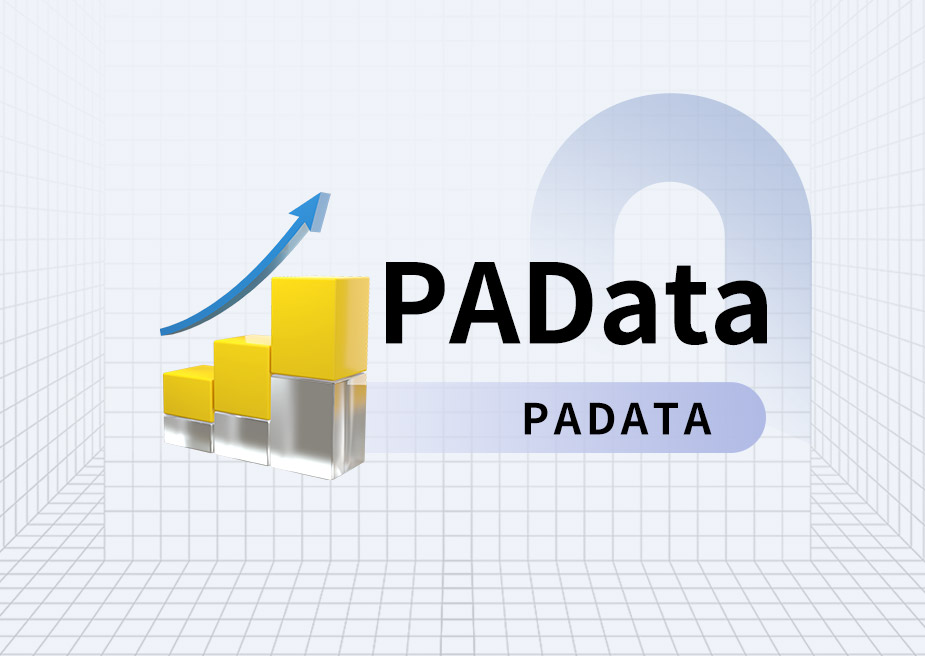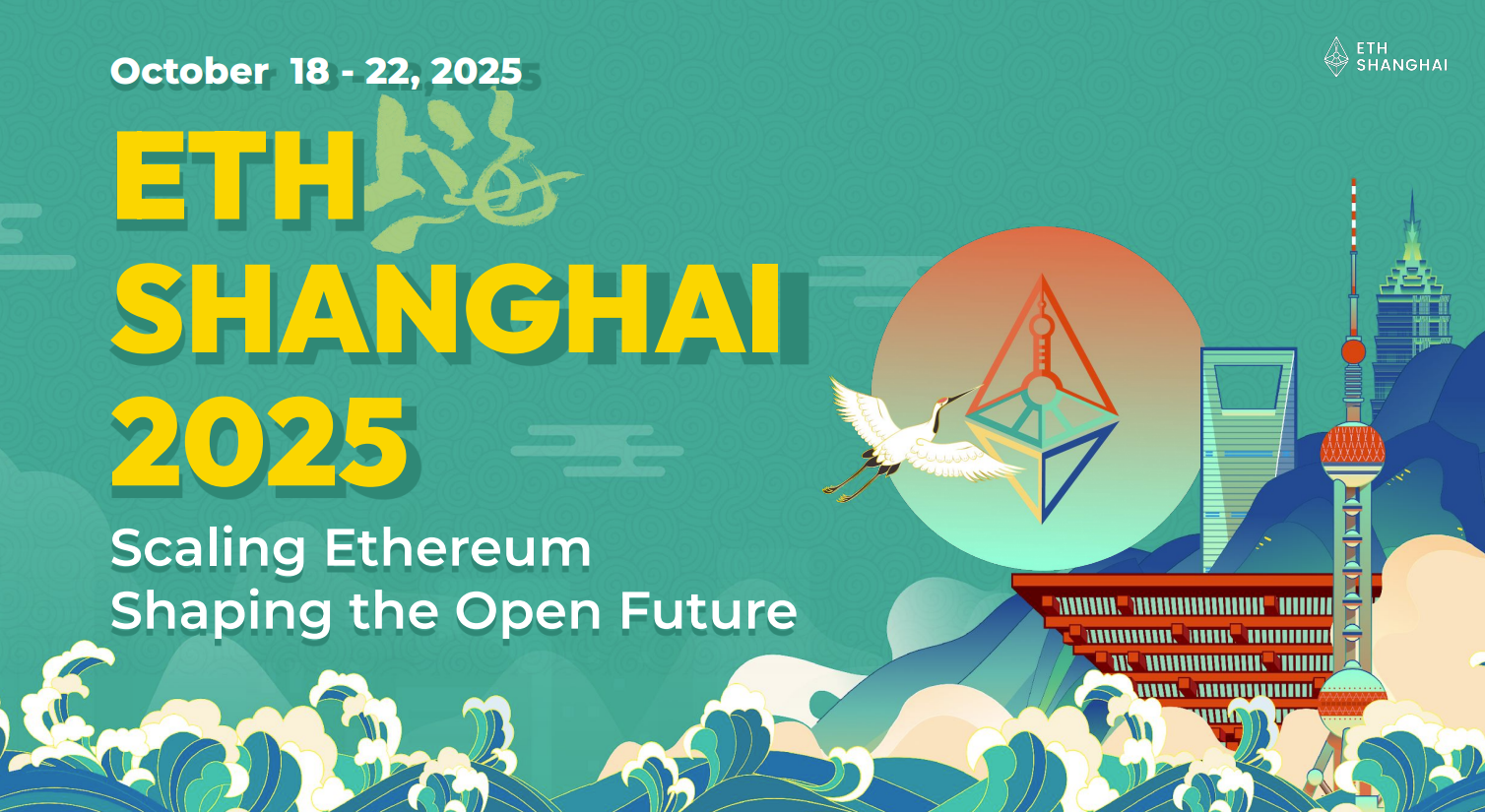In the past two years, DePIN was at its peak, and many star projects emerged.
With the rapid development of AI technology, market attention has shifted to the AI track. So what is the current situation of the DePIN track?
In fact, the DePIN track is not static and is also seeking new narrative support. The latest trend is to combine it with AI, and the representative project is Roam.
We can use the Roam project to see specifically what changes are happening in the DePIN track.
1. What exactly is DePIN?
DePIN stands for Decentralised Physical Infrastructure Networks.
Simply put, it is a decentralized hardware network that encourages users to share personal resources through token incentives to build infrastructure networks, including storage space, communication traffic, cloud computing, energy and other fields.
The core of DePIN is resource integration: using tokens to encourage users to share resources, so that resources can flow efficiently to the demand side.
DePIN projects are mainly divided into three categories:
(1) Storage (such as Filecoin): Provides cloud storage services similar to Google Cloud and Amazon Web Services;
(2) Computing power (such as Render Network): decentralized GPU rendering platform;
(3) Network (such as Helium): using token incentives to attract global users to purchase WIFI devices to form a network;
DePin is actually very similar to Bitcoin. You need to first invest in purchasing physical equipment and then continue mining. This is different from pure on-chain projects. Since it is connected to the physical world, it is not a closed system, which brings positive externalities to the entire industry.
DePIN leverages a paradigm shift in the existing blockchain ecosystem, with Solana becoming the platform of choice due to its high-speed blockchain and features. The synergistic power created by combining the Solana blockchain with the DePIN protocol.
This is also why there was a DePIN craze before.
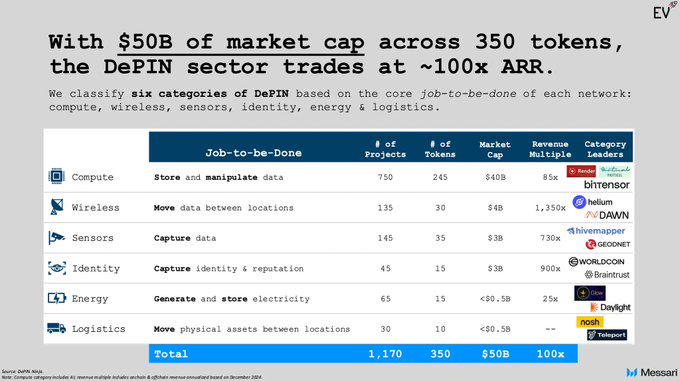
2. What is the current market situation of DePIN?
According to data from DepinScan, DePIN has nearly 4.56 million devices in approximately 196 countries or regions, with a market value of US$7.1 billion. Among them, Roam has the largest number of DePIN devices, with 1.18 million devices.
Judging from the number of DePIN devices, we can see that there are already many giants in the DePIN track, including Helium, IoTeX, etc., but now the new leader is Roam. More importantly, Roam is the only DePIN project that has not yet issued a coin. Ordinary users can still participate now, and they may be rewarded with airdrops.
The geographical distribution of DePIN devices is also very interesting. DePIN hardware devices are mainly concentrated in three areas: the United States, Europe, and Southeast Asia.
The concentration in Southeast Asia is very high, including India, Vietnam, the Philippines, South Korea, Japan, etc.
Among these countries, South Korea has the highest rate, and it can be seen that the atmosphere of the Crypto industry in South Korea is very strong.
In general, DePIN has brought about a new round of wealth-creating effect. Southeast Asia is investing heavily in this field by leveraging its manufacturing and human resources advantages.
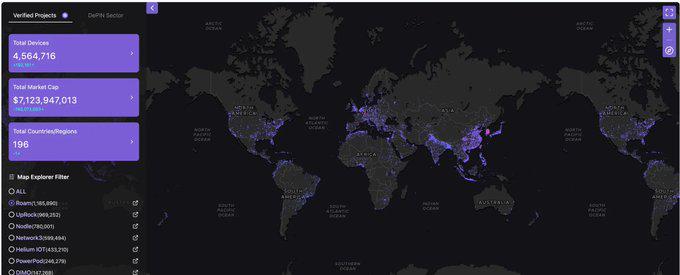
3. What is the new leading Roam project?
Roam belongs to the network segment of DePIN. In one sentence, Roam is a combination of Web3+WIFI, a decentralized wireless network, and a decentralized telecom operator.
Roam ranks first in Depinscan node data and is already the leader in the DePIN track. @weRoamxyz @weRoamCN
Roam provides a variety of products, starting with WIFI hardware, where users can purchase proprietary hardware for mining; later, it expanded to eSIM cards, where users can apply for eSIM cards and obtain free traffic by completing various tasks.
Using the Roam APP, you can connect to nearby WiFi networks for free, and you can also earn Roam Points or eSIM rewards by adding WiFi or checking in for WiFi (you can choose one of these two rewards), which are the same as the Roam Points generated by the Roam router.
In Roam's technical architecture, Roam Telecom Data Layer is a key concept. It is the data and service layer in the decentralized physical infrastructure network (DePIN) built by Roam.
This data layer implements its functions through four main ecological modules:
(1) Roam Network - Focuses on the construction of physical and digital infrastructure of the network, ensuring the coverage and service quality of the global Wi-Fi network.
(2) Roam Growth - Encourage users to participate in network construction through incentive mechanisms (such as providing eSIM and data rewards) to achieve sustainable income for network participants.
(3) Roam Discovery - aims to support and incubate new projects or applications that can operate in the Roam ecosystem and promote broader technology and service innovation.
(4) Roam Community - focuses on community building and governance, providing a platform for user participation, feedback and co-governance, and enhancing the activity and autonomy of the community.
Roam Telecom Data Layer provides a new paradigm for the DePIN track.
In its future planning, there are two main directions: one is to accelerate the implementation of Roam Telecom Data Layer, and the other is the deep integration of Roam and AI.
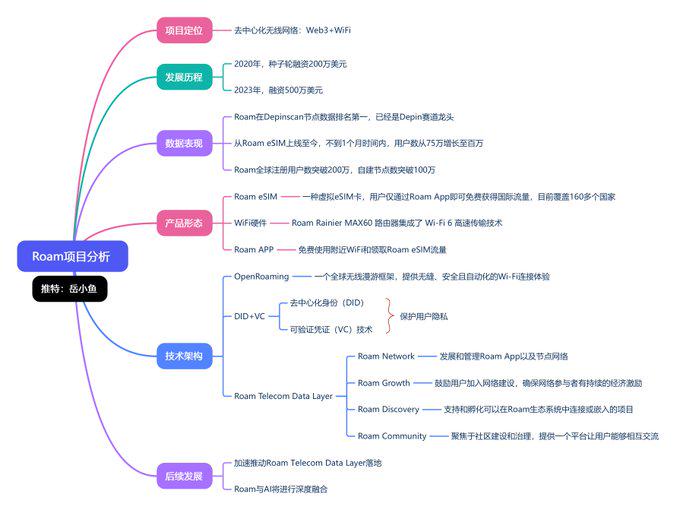
4. How does Roam specifically integrate with AI?
If Roam only stays in the DePIN track, it will have no differentiated advantages over other projects.
Roam is integrating with AI, leveraging its communication data advantages to provide high-quality available data to AI projects.
There are three key elements in AI projects: computing power, algorithms, and data.
Data is currently a key bottleneck in the AI race, especially communication data, which is currently in the hands of traditional communication operators and will not be open.
That is to say, in the AI era, the data monopoly of traditional giants hinders comprehensive model training and global data integration.
Roam’s innovation solves one of AI’s most pressing data challenges: the unavailability of carrier-grade data.
Users who participate in the construction of OpenRoaming will receive free eSIM traffic rewards. When users go to any country, the eSIM Top Up product can automatically convert the traffic into local traffic.
Roam has opened up a channel, which is to provide operator services through WEB3. In return, the data generated in the process can become a data source for all AI companies under privacy protection.
Roam provides data, which does not mean that user privacy will be exposed, because it adopts decentralized identity (DID) and verifiable credential (VC) technology, and integrates ZK (zero-knowledge proof)
Roam Discovery Program is actively expanding its service boundaries and ecosystem scope by strategically integrating and connecting multiple DePIN ecological partners to jointly build a rich and diverse AI training dataset ecosystem. This multi-party cooperation model not only expands the breadth of data sources, but also improves the depth of data quality.
Roam's data service goes far beyond providing basic operator-level data for AI use; it is building a comprehensive data ecosystem.
Through in-depth cooperation with ecological partners in various fields, Roam is able to integrate and provide multi-dimensional data resources, including but not limited to real-time weather monitoring data, globally distributed CDN service data, renewable energy usage data, decentralized identity authentication records, innovative payment and lending behavior data, etc.
More notably, Roam can also collect and process behavioral data generated by AI agents during social interactions and payment transactions, as well as operating status information of various intelligent systems, providing comprehensive data support for the training and optimization of AI models.
This diversified data integration capability provides unprecedented data dimensions and depth for the training of AI models.
AI+DePIN is building a decentralized infrastructure for the AI era.
5. How can ordinary users participate in DePIN?
After talking about so many projects, how can ordinary users participate?
Before you know how to participate, let’s take a look at how Roam has grown so rapidly.
Roam has two core strategies: free + airdrop.
Traditional telecom operators charge for data traffic, while the decentralized telecom operator Roam directly provides users with data traffic for free. Users can obtain data traffic by completing tasks, which is very attractive.
On the other hand, purchasing dedicated hardware can speed up mining, but you can also participate in this project without buying hardware. As long as you share your WIFI, you can also earn points, so that you can participate in future airdrops, which greatly lowers the threshold.
Free + airdrop is the killer weapon of Web3 project, which attracts users through direct interest incentives and maximizes the subsidy war in the Web2 industry.
Of course, this is also an opportunity for us ordinary users.




